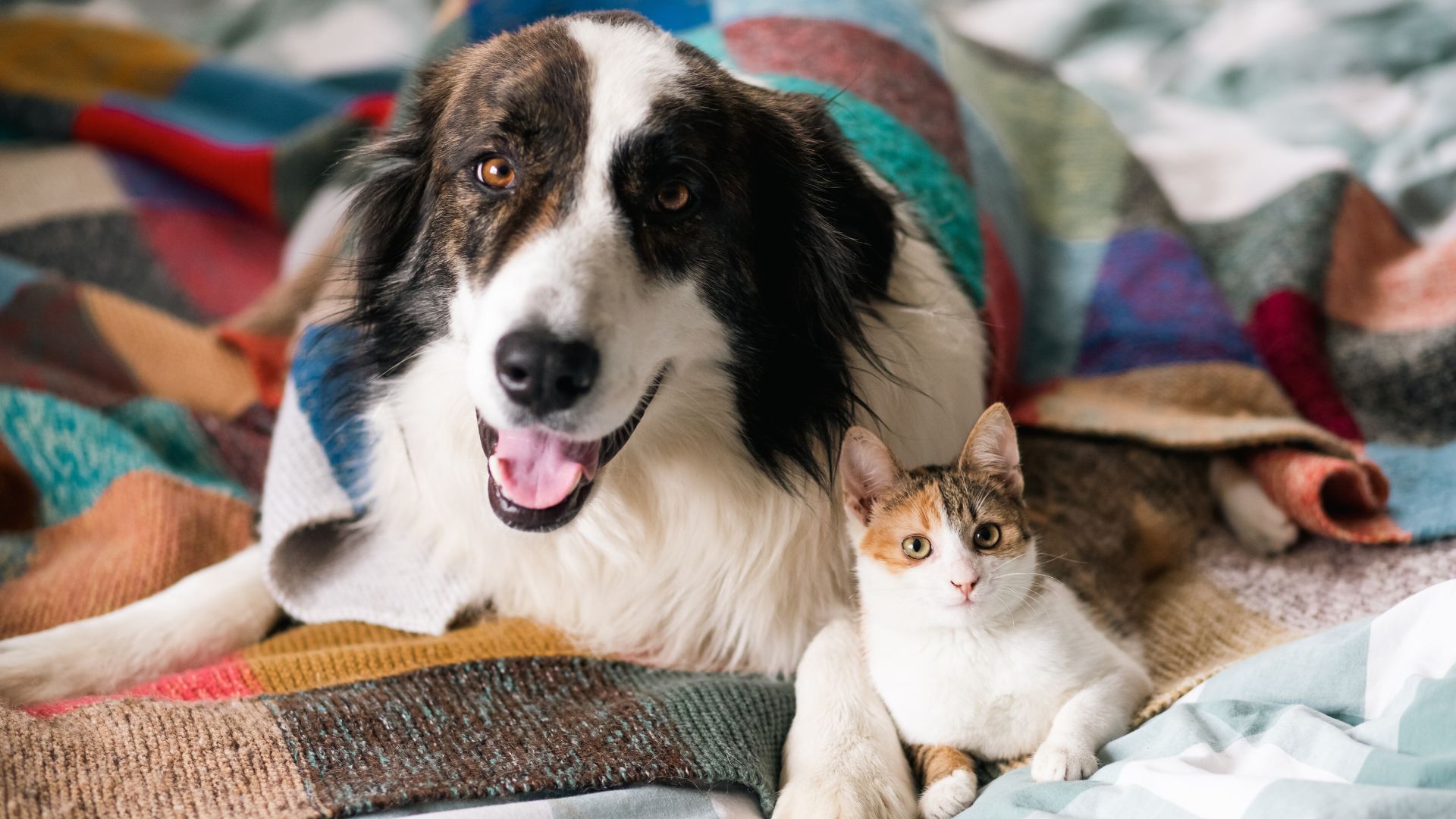Have you ever met a dog who didn’t fetch, didn’t bark much, and seemed completely content sitting by the window all day?
Not all dogs fit the energetic, eager-to-please mold. Some are quiet observers. Some like being alone. Some dislike cuddles and walk away mid-pet. And if you’ve ever owned a cat, it may feel oddly familiar.
While most dogs crave interaction, some breeds share more traits with felines than you’d expect. They groom themselves, sleep in odd spots, and decide when they want affection, not you.
If that sounds like your dream pet, you’re not alone. Many people love the cat-like qualities in dogs. This article walks you through breeds that carry that quiet, mysterious energy. Independent, graceful, and just a little aloof.
Dog Breeds That Act More Like Cats Than Dogs
1. Shiba Inu
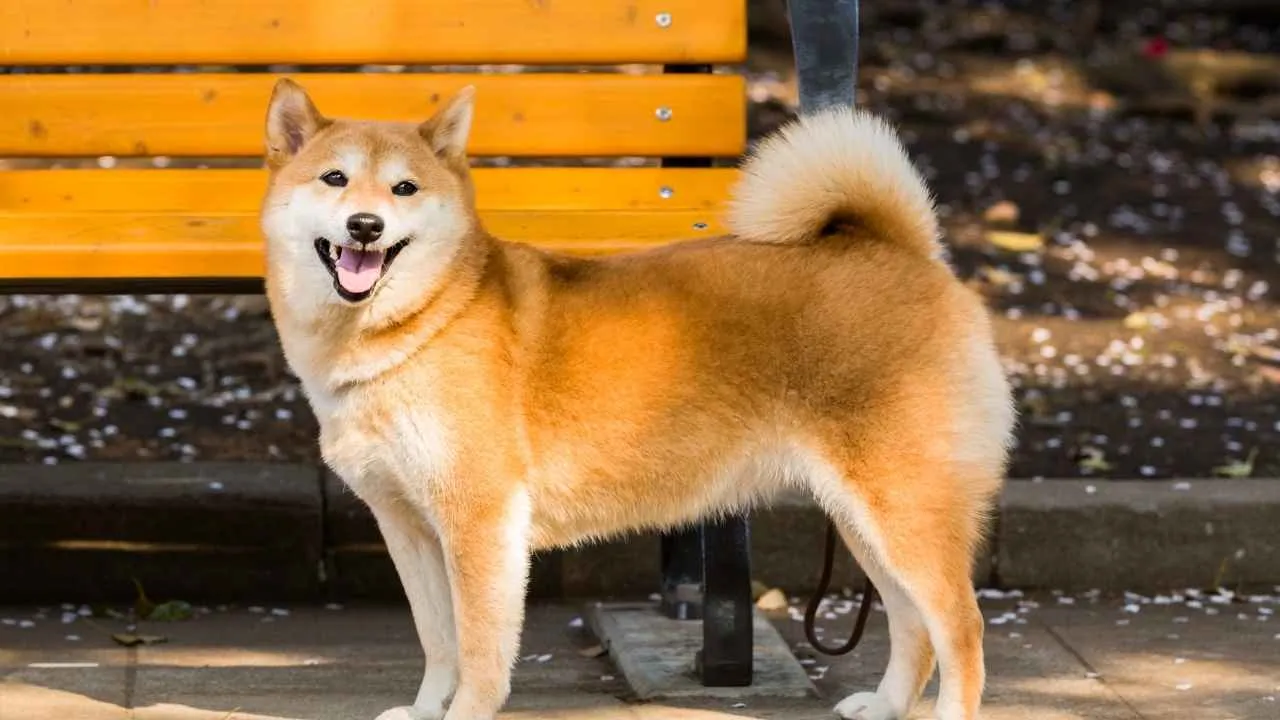
Shiba Inus are known for their deeply independent nature and low desire to seek approval. They can go hours without needing human attention and often prefer to stay in their own chosen spot. This makes them feel more like a quiet housemate than a traditional dog.
Clean, Quiet, and Private
They are naturally fastidious, often grooming themselves with their paws just like cats do, as mentioned in WebMD. Their dislike for dirt and preference for tidy surroundings have been well noted among owners. These habits reflect why many people refer to them as a dog-like cat in behavior.
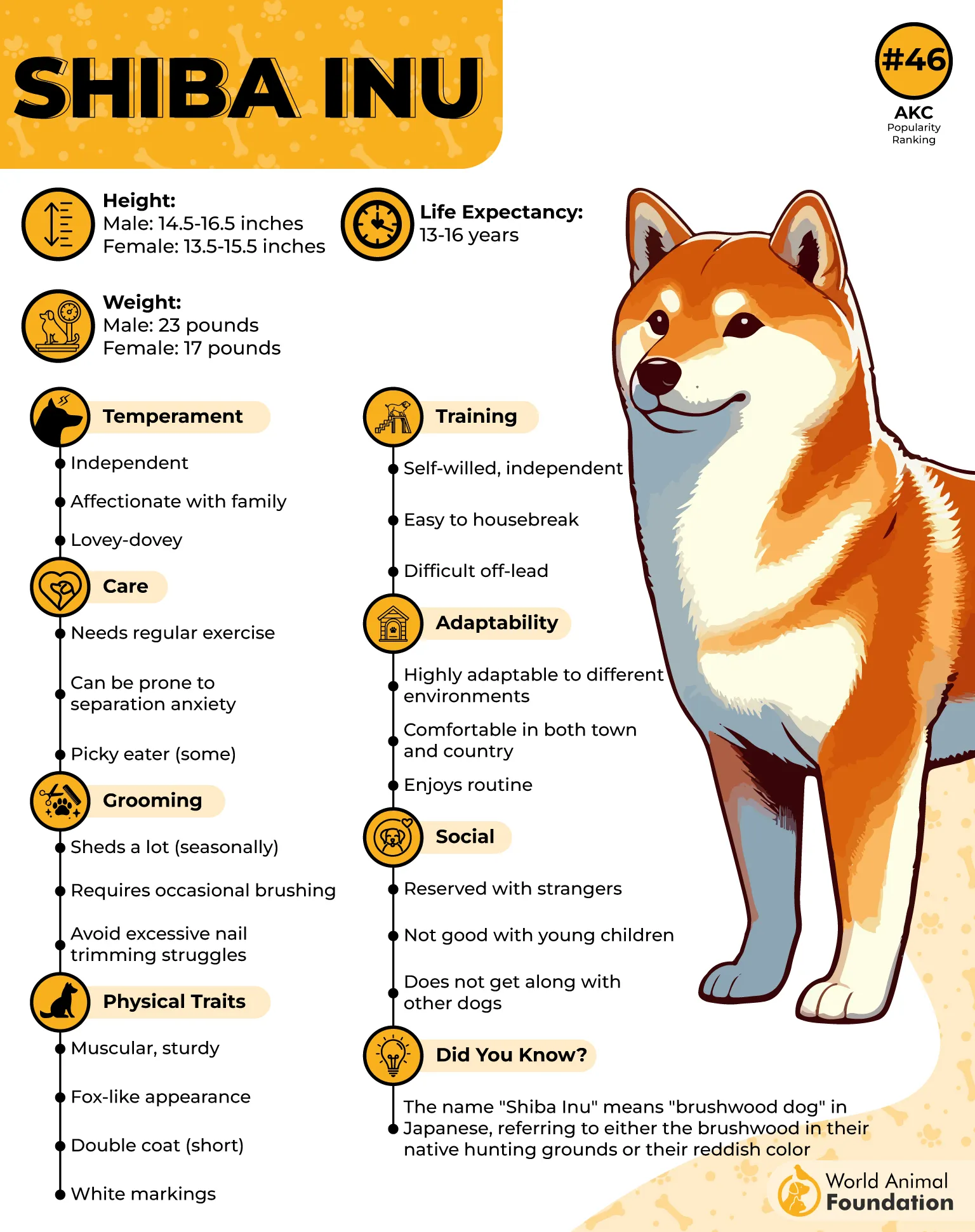
Silent Observers With Quick Reflexes
They tend to watch situations from a distance before deciding whether to participate. With fast, sharp movements and calculated body language, their reactions resemble feline precision. This quality makes their behavior feel more intentional than instinctive.
Territorial With Personal Boundaries
Shiba Inus value their space and can be selective about physical affection. They might sit near you without wanting to be touched and retreat when overstimulated. This reserved nature makes them oddly compatible with feline friends that respect similar boundaries.
2. Basenji
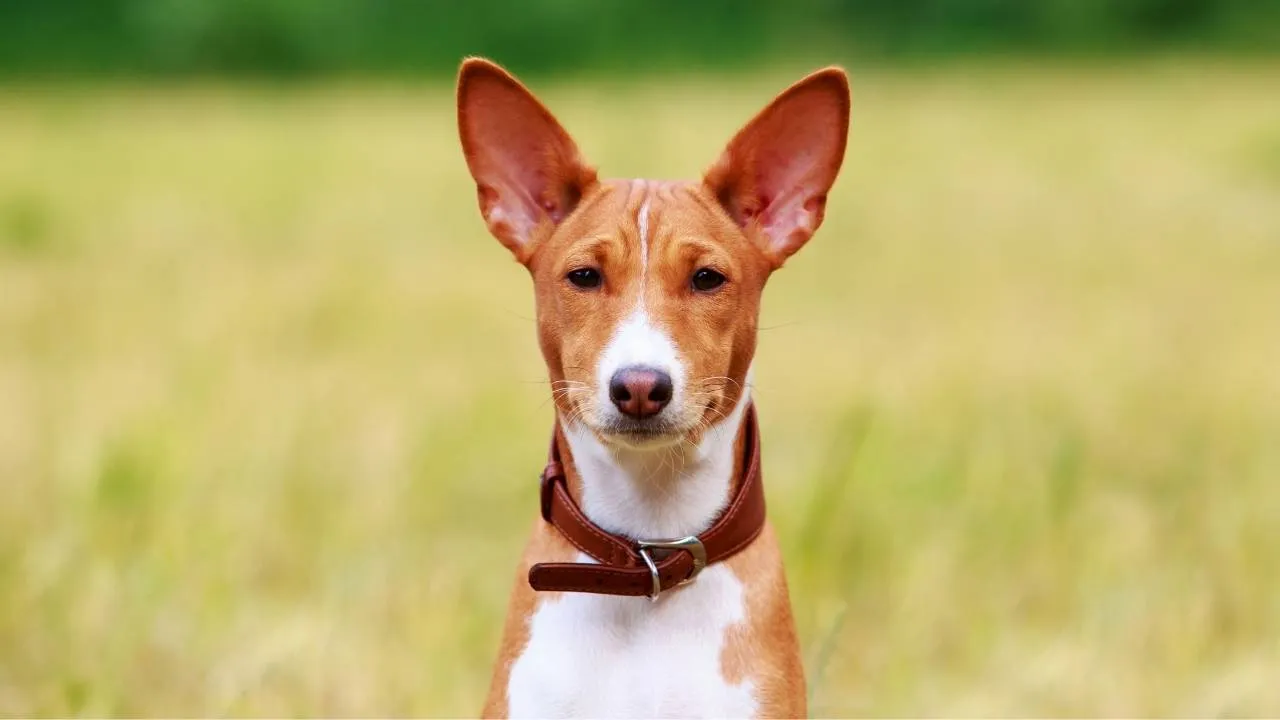
Basenjis are famously silent, often going through the day without barking at all. They communicate through subtle sounds and expressive looks, which gives their presence a calm, catlike energy. This trait has long connected them to cat breeds in personality comparisons.
Instinctively Clean and Organized
Their grooming habits are remarkably tidy, often using their paws to clean their face in a way that mirrors feline behavior. They dislike muddy or messy areas and will avoid them when possible. This makes them easier to keep indoors than many other dogs.
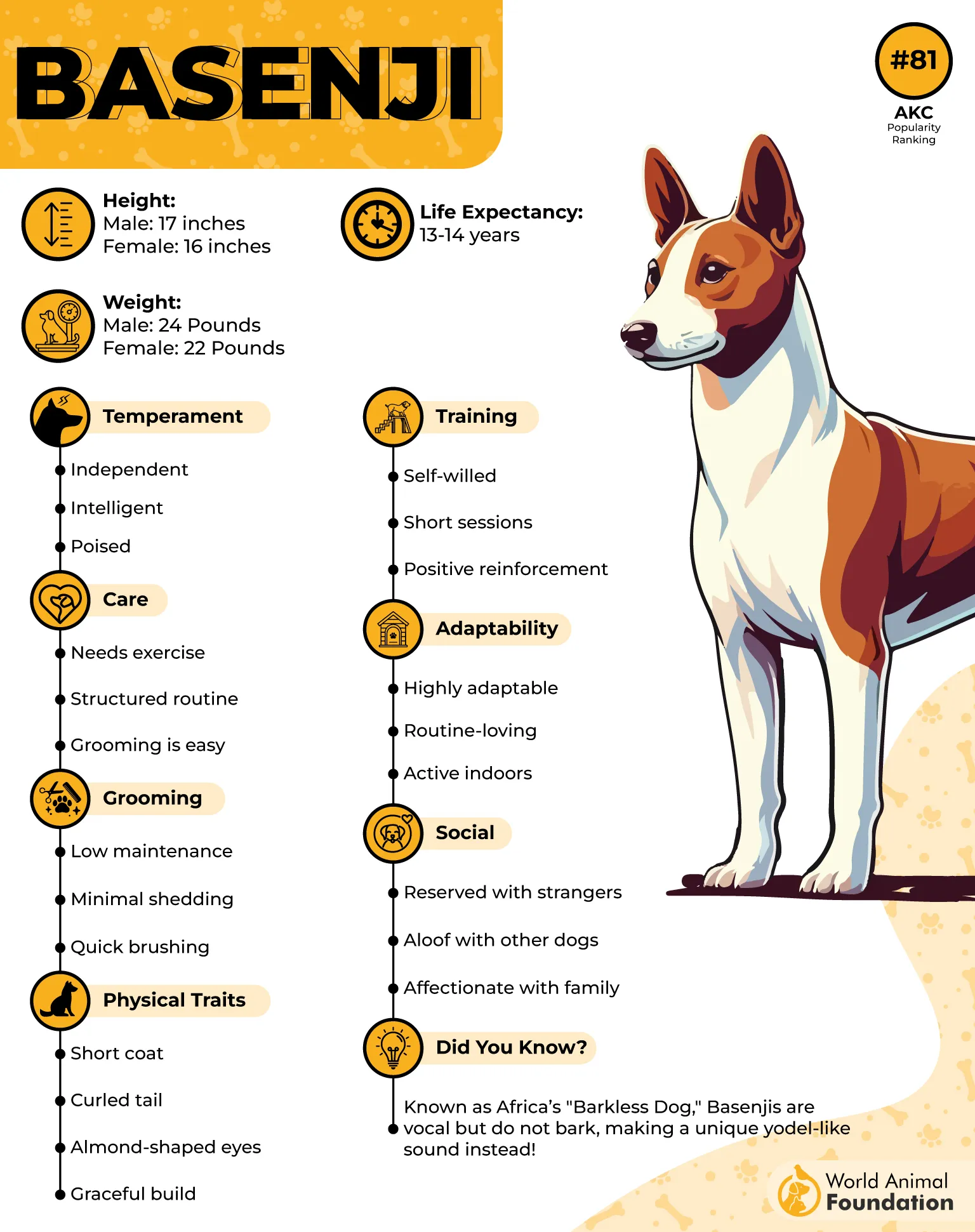
Independent Thinking and Personal Boundaries
They prefer to explore spaces on their own terms and often avoid commands unless properly motivated. While they are loyal, they aren’t clingy or overly reactive. This type of independence is noticeable even from a young age in well-bred Basenjis, as stated in PetMD.
Affectionate on Their Own Schedule
Basenjis enjoy companionship but typically decide when and how they show their emotions. Their affectionate nature is subtle and selective, more like a slow approach than constant attention-seeking. They bond deeply but quietly with those they trust.
3. Afghan Hound
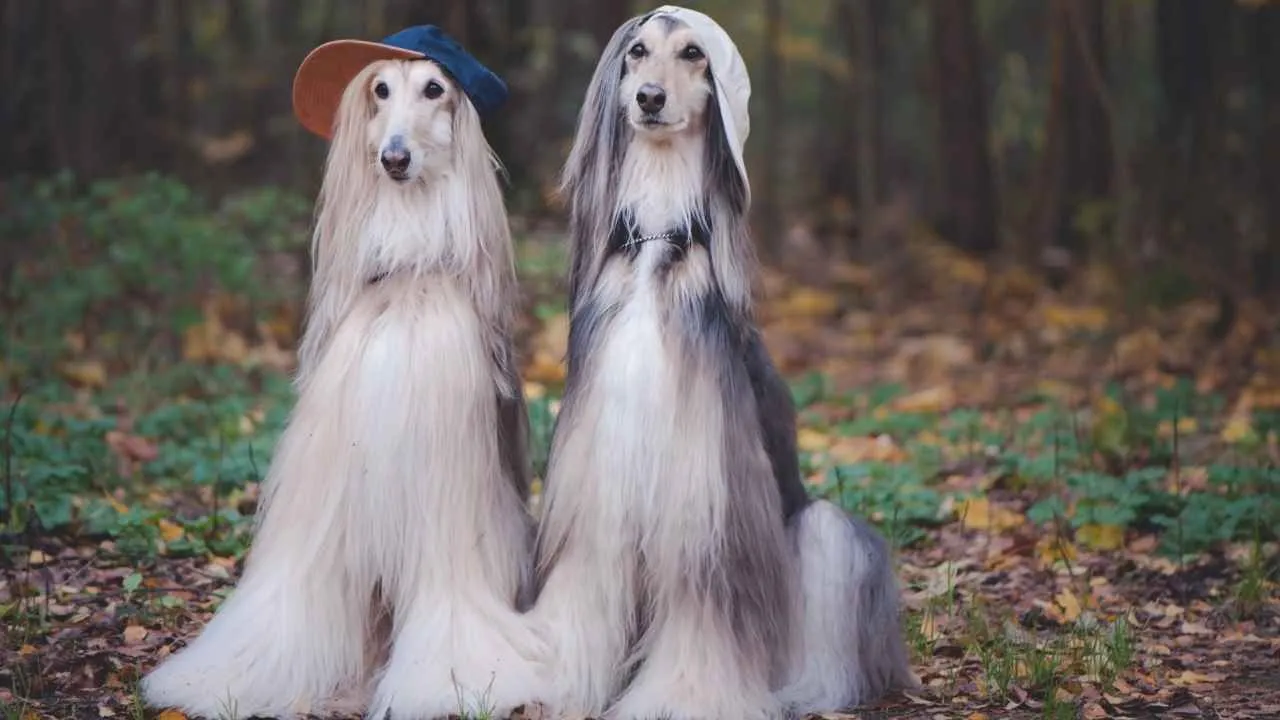
Afghan Hounds often move through rooms like they’re walking across a private stage. Their natural aloofness is paired with quiet confidence, making them seem more emotionally reserved than many other breeds. This elegant detachment adds to their cat-like reputation.
Self-Grooming and Surface Preferences
They are particular about their appearance and are known to groom themselves by licking their coats or keeping their paws clean. Afghan Hounds also prefer soft or elevated surfaces to rest, much like the behaviors seen in some other animals known for their fastidious nature.
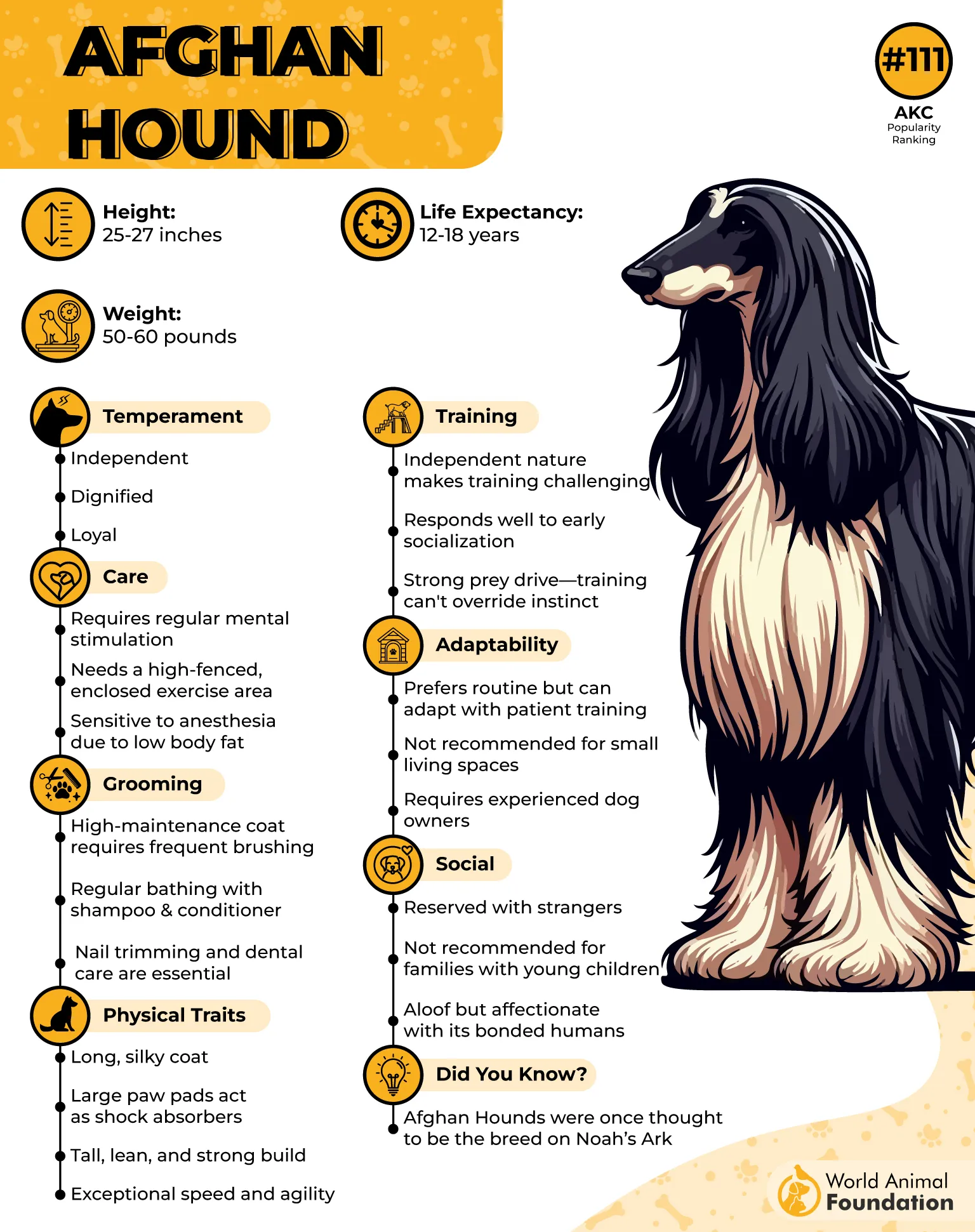
Selective with Interaction and Attention
They do not respond instantly to commands and can take their time deciding whether to engage. This breed often observes before acting, making them feel more like feline housemates than eager canine companions. Activities like playing fetch rarely spark their interest.
Independent Mind with a Personal Agenda
Afghan Hounds enjoy calm surroundings and often seek out quiet corners away from noise or chaos. Their strong-willed nature means they are less inclined to follow routines just for the sake of structure. In temperament, they differ clearly from many other breeds.
4. Italian Greyhound
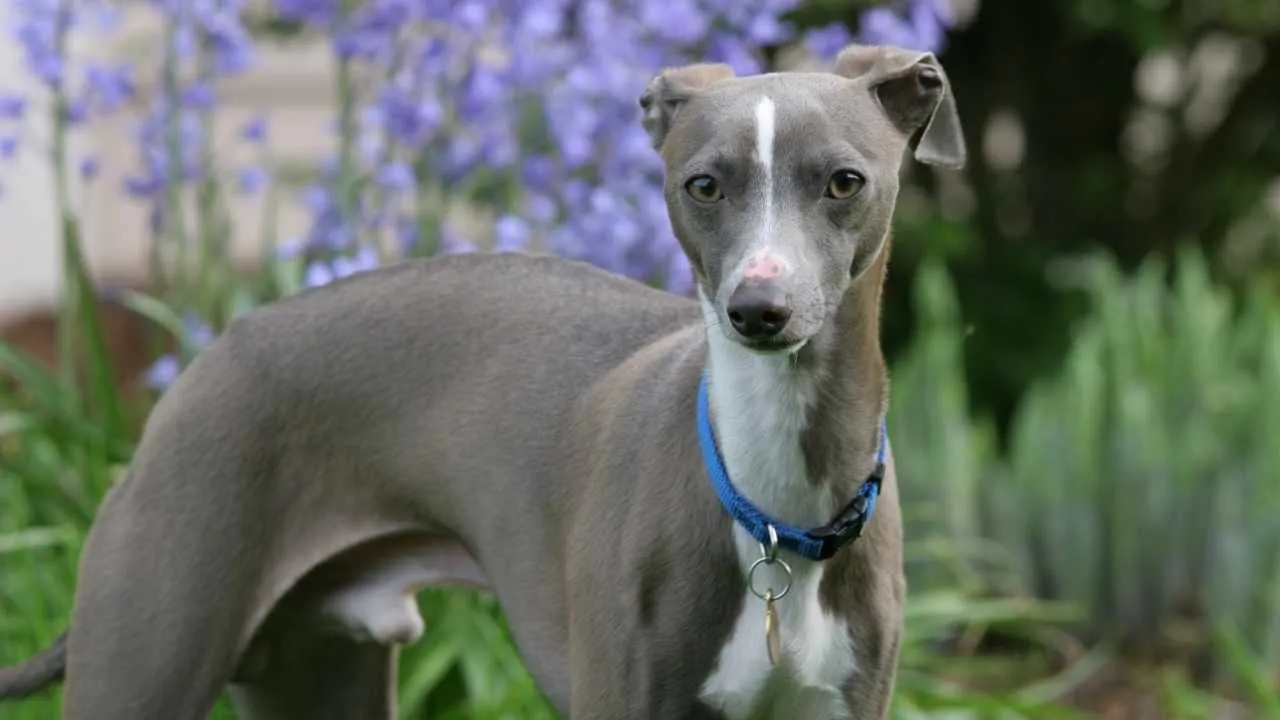
Italian Greyhounds are delicate and intentional in how they move around their space. They often tiptoe softly through the house as if avoiding unnecessary contact. Their quiet, graceful movements mirror the behavior of a cat navigating its environment.
Independent but Selective With Affection
They are known for forming strong bonds with one person while remaining distant from others. Their attachment style is more selective than social, often curling up in a sunny corner instead of being part of the group. This reflects their naturally reserved and gentle nature.
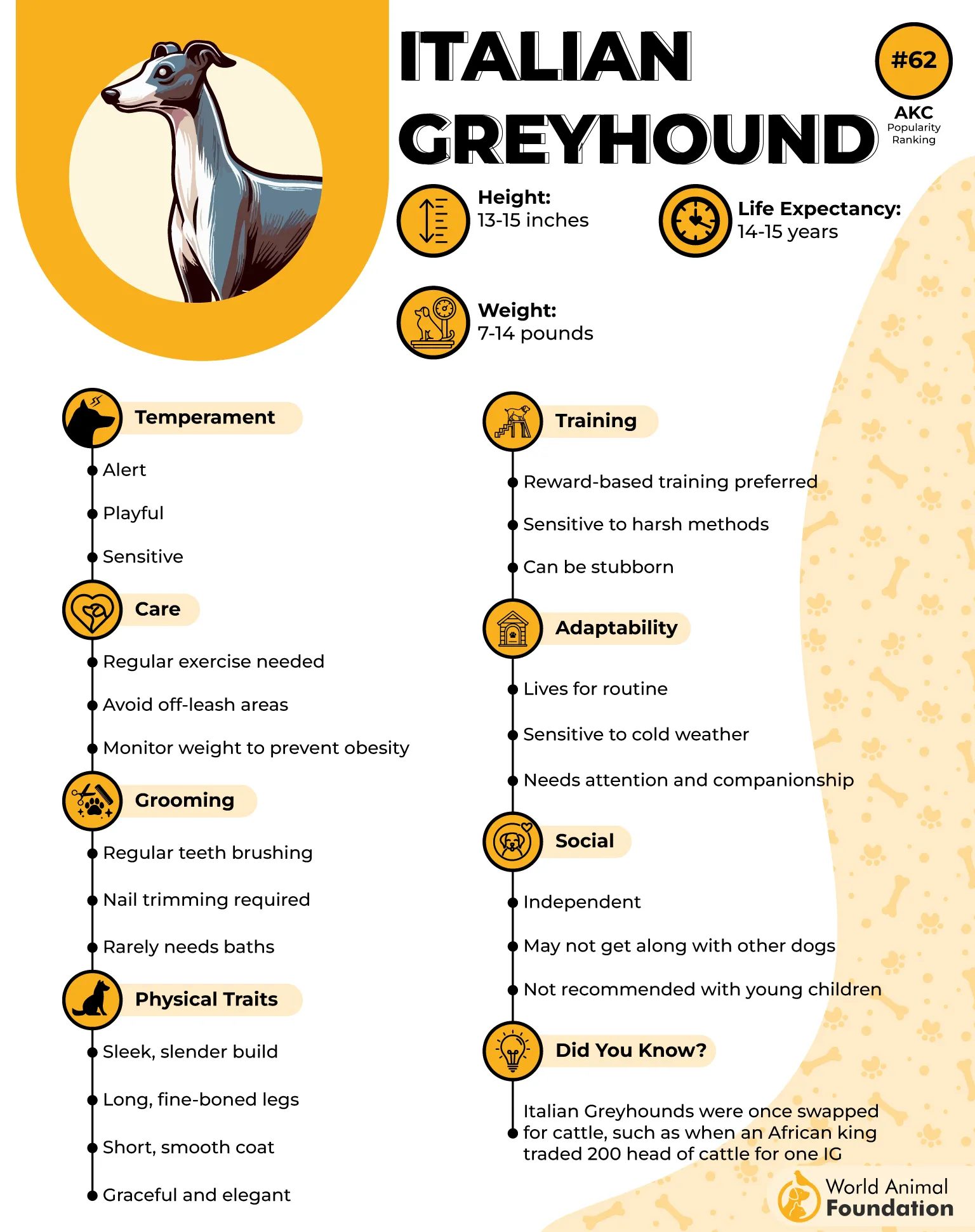
Prefers Routines and Comfort Zones
Italian Greyhounds thrive in familiar indoor spaces where nothing feels unpredictable. They often spend hours resting in the same spot, avoiding loud or chaotic environments. This preference for stability makes them ideal for a quiet house with minimal disruptions.
Training Needs Patience and Subtlety
Their sensitivity makes harsh correction ineffective, so training requires calm consistency and a gentle hand. Quick to shut down under pressure, they respond best to soft tones and routine-based learning. The success of their training depends on emotional trust, not repetition alone.
5. Japanese Chin
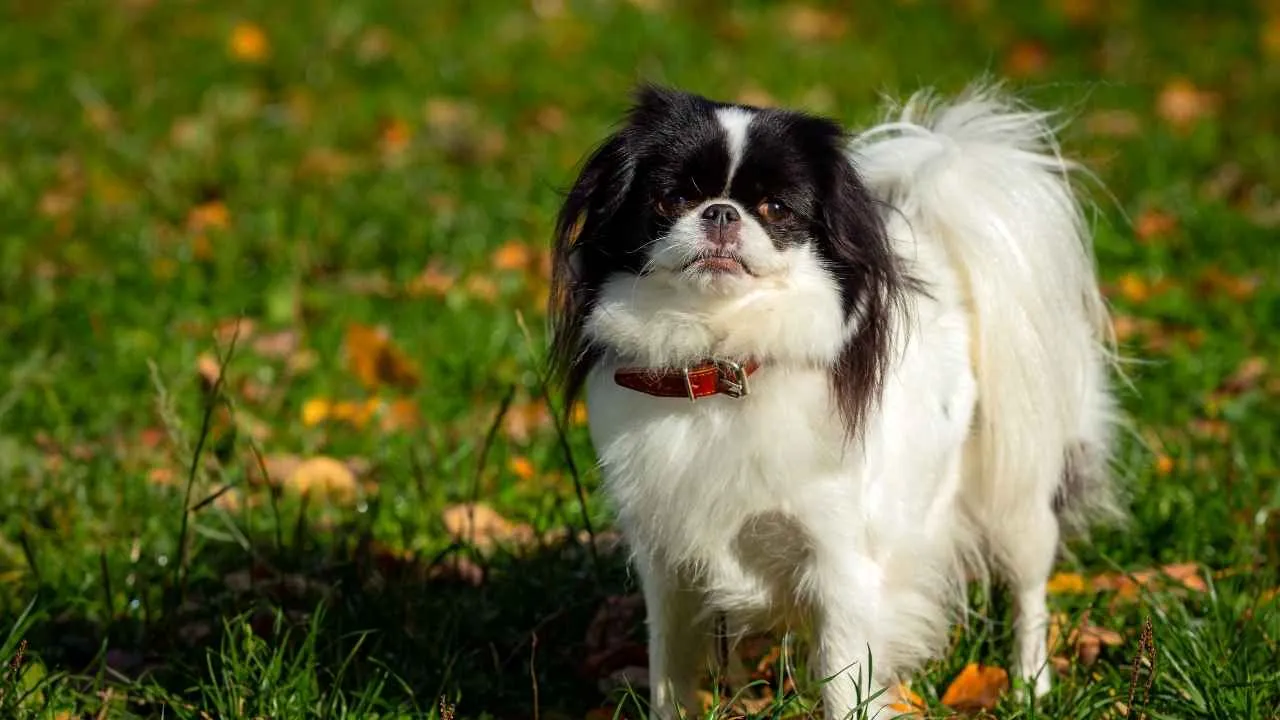
The Japanese Chin is known for its distinct way of walking, often described as a dainty, catlike stride. Their light-footed steps and poised body language give them a refined presence that sets them apart. These traits make their movements feel more elegant than typical canine behavior.
Independent Yet Watchful
They often choose when and how they want to engage, observing their environment quietly before responding. Their behavior reflects a thoughtful, inward nature rather than the eager-to-please attitude seen in many dogs. This makes them feel more like quiet companions than attention-seekers.
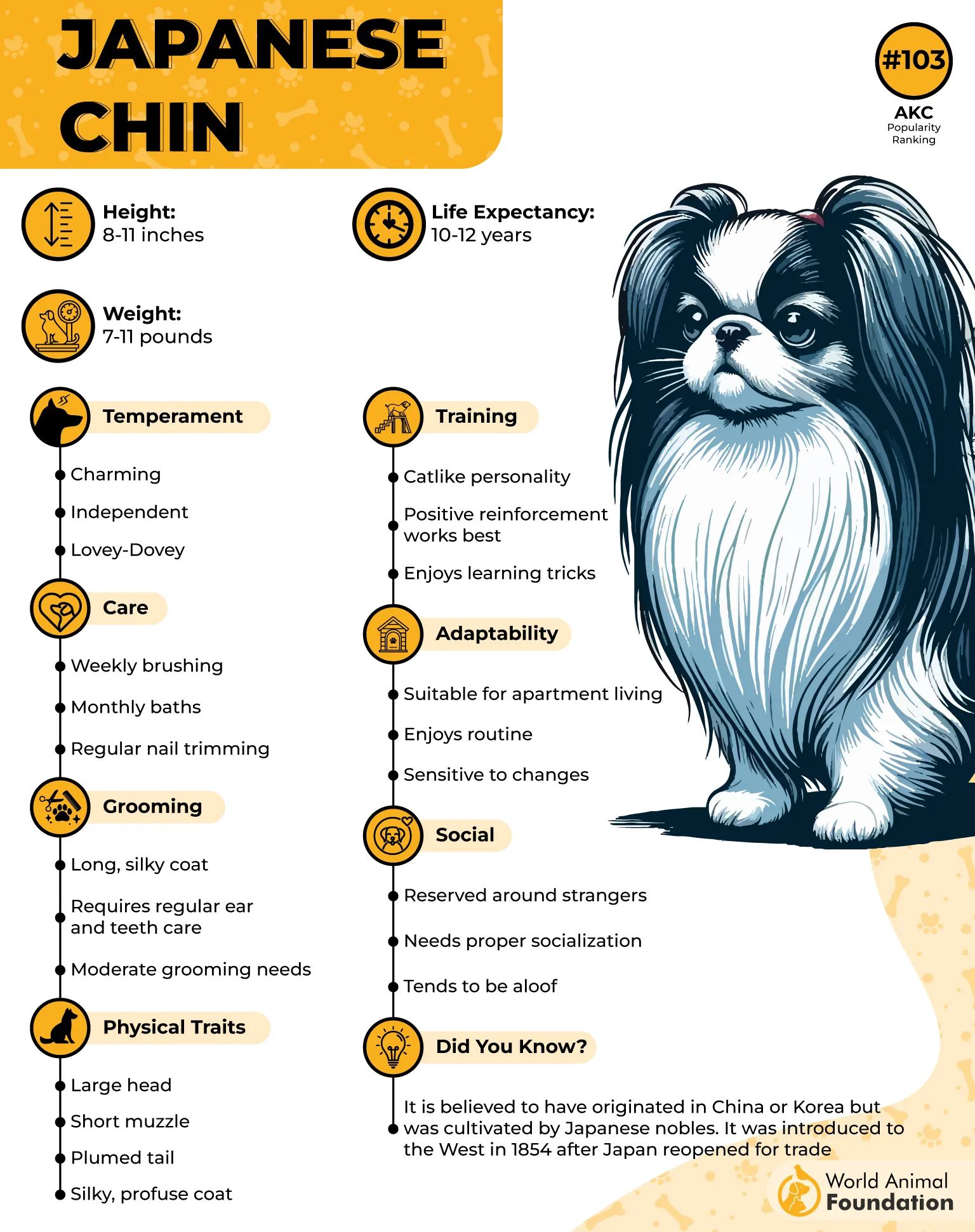
Paw Grooming and Clean Habits
This breed is known for self-grooming by licking or wiping their faces with their paws. Their cleanliness and neat appearance have been compared to feline hygiene habits. They also tend to keep their space tidy, which is quite rare among toy breeds.
Reserved with Selective Affection
Japanese Chins tend to bond closely with one or two people and may ignore strangers entirely. They enjoy quiet companionship and don’t always seek constant petting. This emotional independence contributes to their reputation as cat-like in both mood and behavior.
6. Papillon
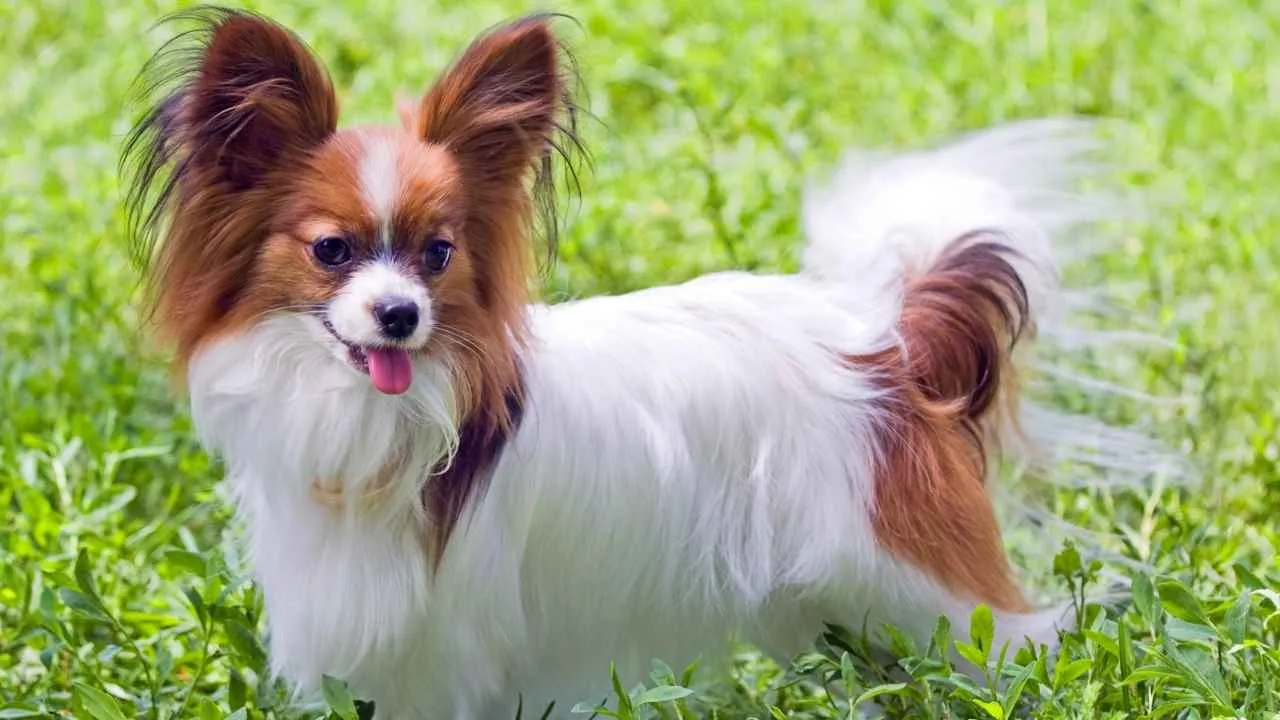
Papillons move with light, precise steps that almost resemble a prance rather than a trot. Their agility and confidence often give them a feline-like presence when navigating tight spaces. Even indoors, they maintain posture and balance with surprising elegance.
Independent Yet Watchful
They are alert and observant, but don’t constantly demand attention from their owners. Instead, they prefer to monitor from a distance and step in when something catches their interest. This quiet self-sufficiency often surprises those expecting a clingy small dog.
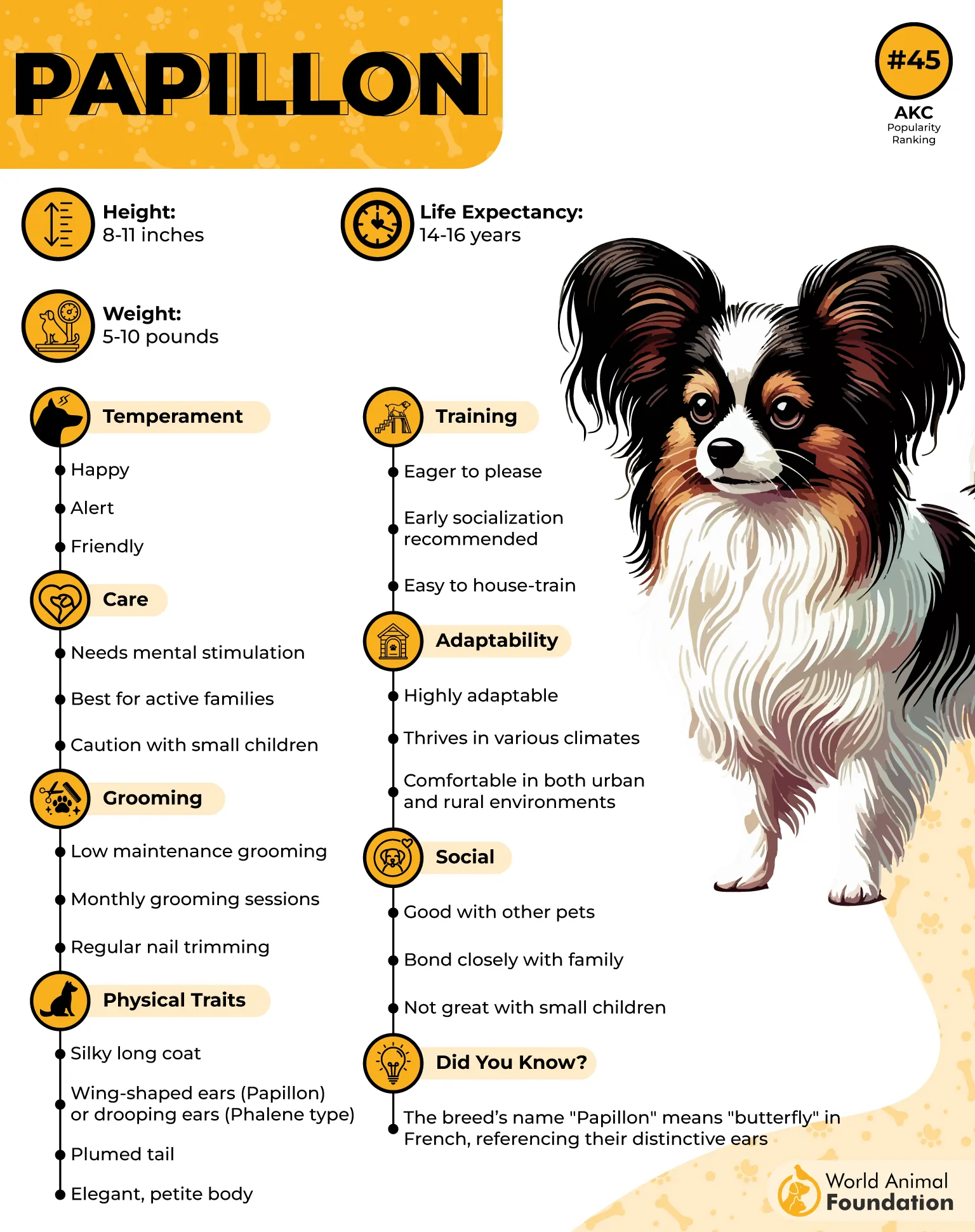
Smart, Curious, and Selective
Papillons pick their moments when it comes to playing or affection. Their mental sharpness allows them to solve puzzles and explore in a way that feels calculated. They tend to engage when they feel like it, much like cats who operate on their own terms.
Naturally Light on Their Feet
Their structure allows for swift, graceful jumps that make furniture seem like a playground. They often perch on high surfaces or the backs of sofas, scanning the room below. This vertical curiosity is rare among toy breeds and adds to their catlike demeanor.
7. Whippet
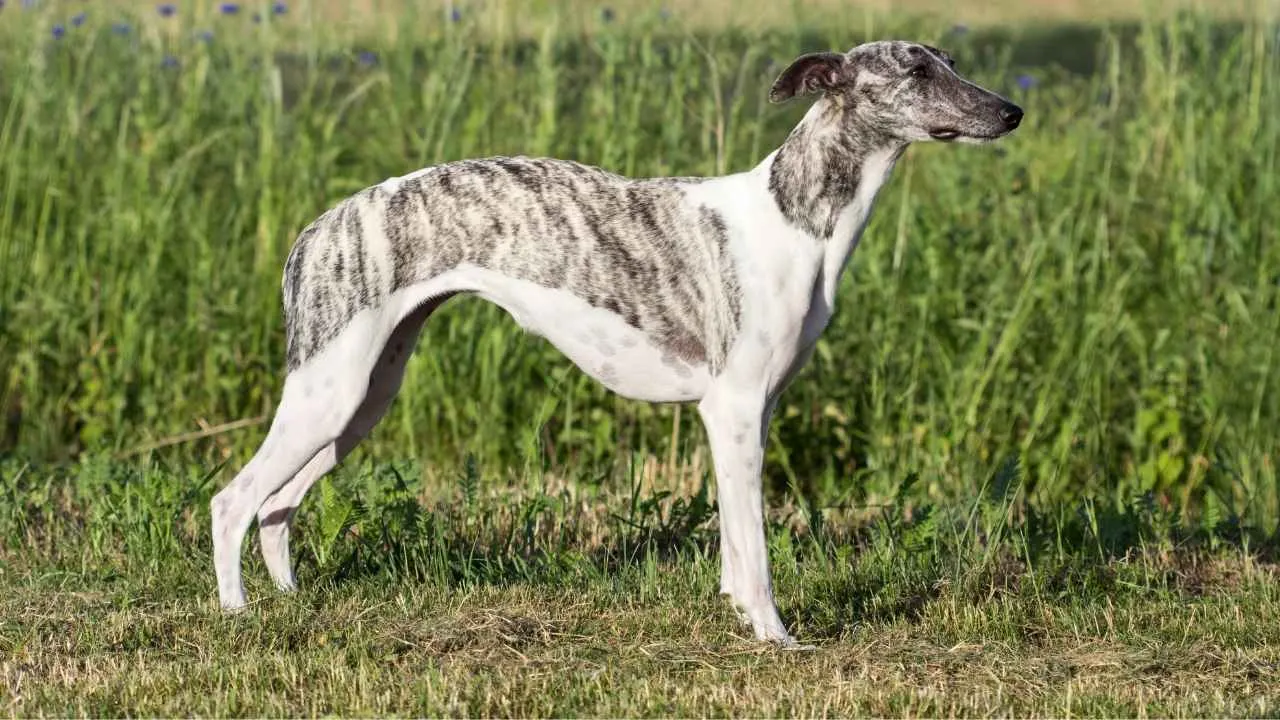
Did You Know: Whippets were nicknamed “the poor man’s racehorse” in 19th-century England, where they became popular for racing due to their incredible sprinting speed.
Whippets are known for their calm indoor behavior and a tendency to stay out of the spotlight, as per the AKC. They often lounge in quiet corners, observing without inserting themselves into the action. This need for solitude feels similar to the way cats value their own space.
Graceful Movement and Clean Habits
They move with precision, stepping lightly even in small spaces without knocking things over. Whippets also have a reputation for being naturally clean and sensitive to their surroundings. These traits are more common in feline behavior than in typical canine routines.
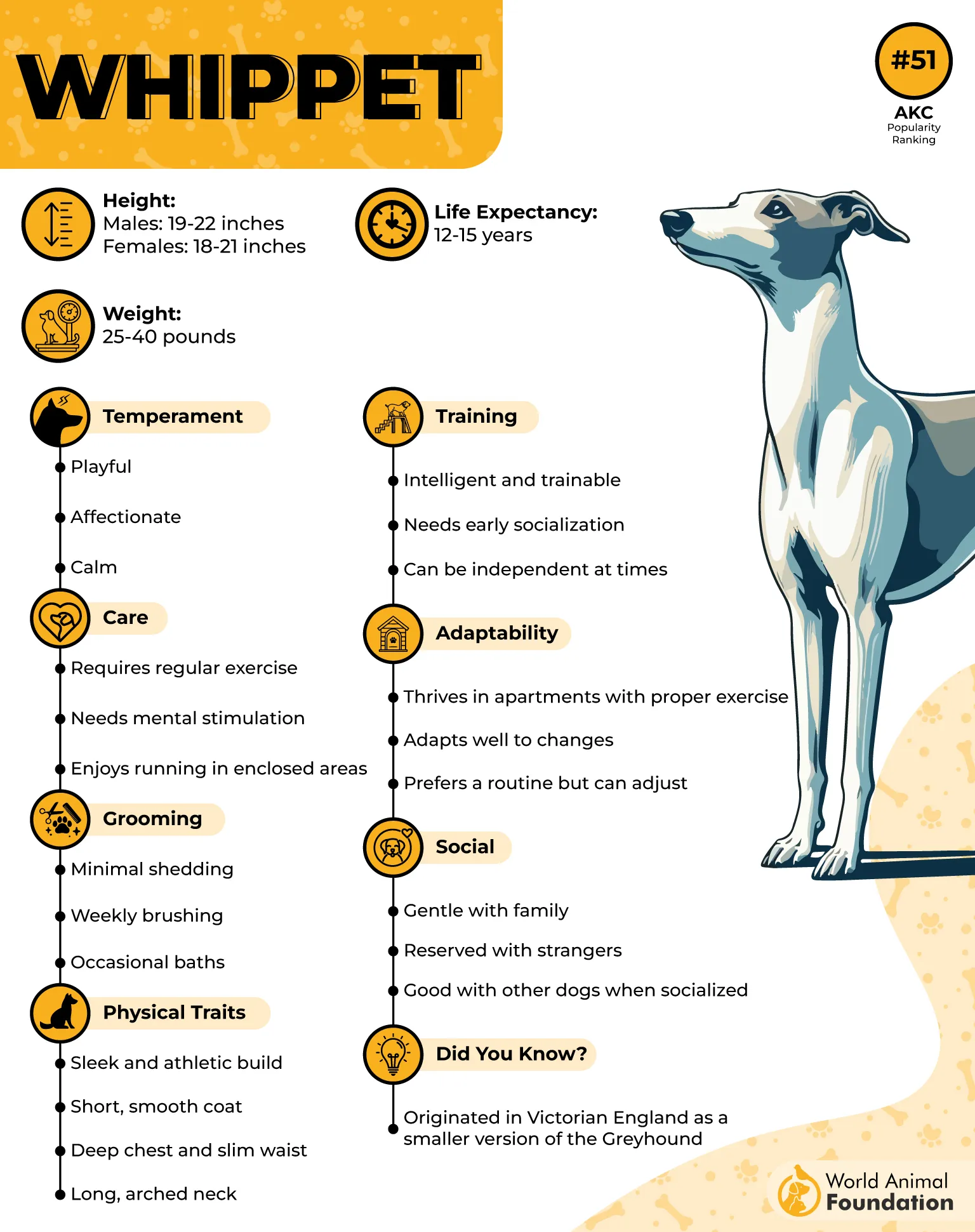
Selective With Affection
They don’t constantly seek physical attention and often wait for the right moment to approach their humans. Whippets are affectionate but on their own terms, usually curling beside someone when the environment feels calm and predictable.
Stillness Between Sudden Bursts
This breed can lie still for long periods, fully relaxed and barely moving unless something truly grabs their interest. Their short, sudden play sessions resemble the energy spikes seen in cats, where stillness turns into speed without warning.
8. Chihuahua
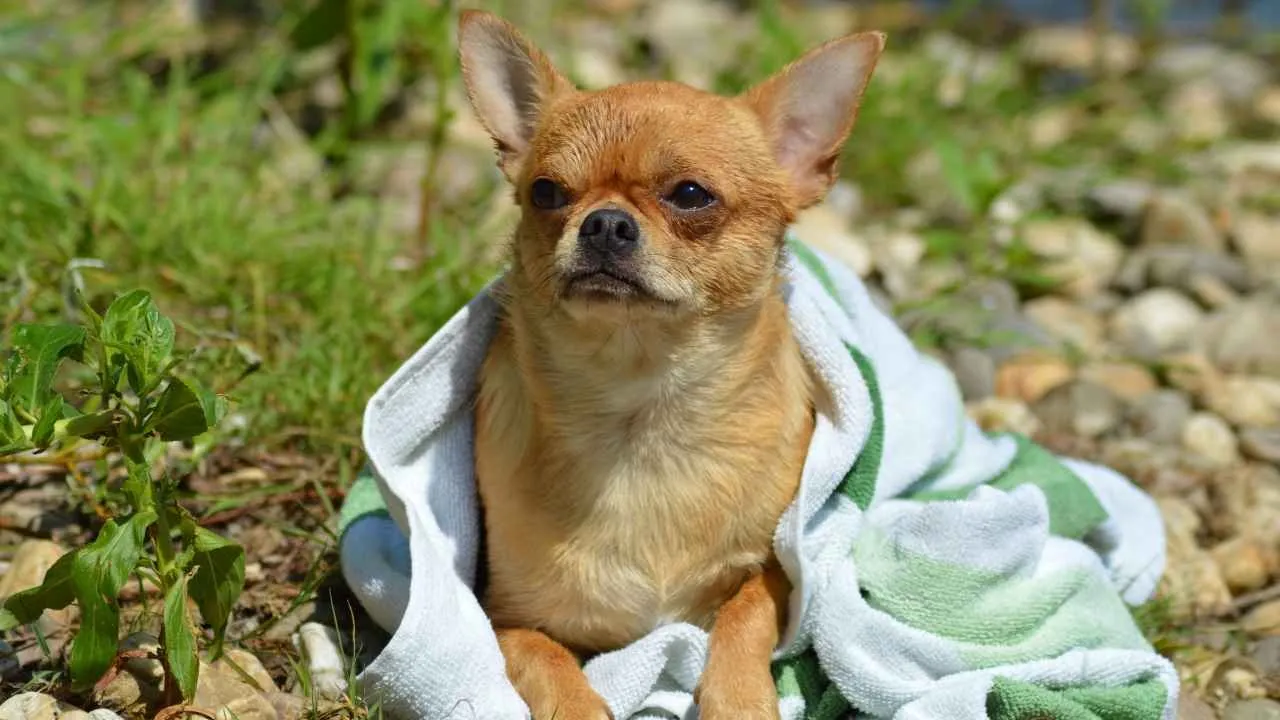
Chihuahuas tend to carry themselves with the same bold presence cats often display in unfamiliar situations. They are quick to assess new environments and typically assert control over their space, even around dogs several times their size. Their confidence often outweighs their size.
Strong Attachment With Selective Socializing
They often bond intensely with one person and may ignore or avoid others altogether. This selective loyalty and reserved interaction style resemble how many cats choose their favorite human. They are known for turning cold to outsiders without much warning.
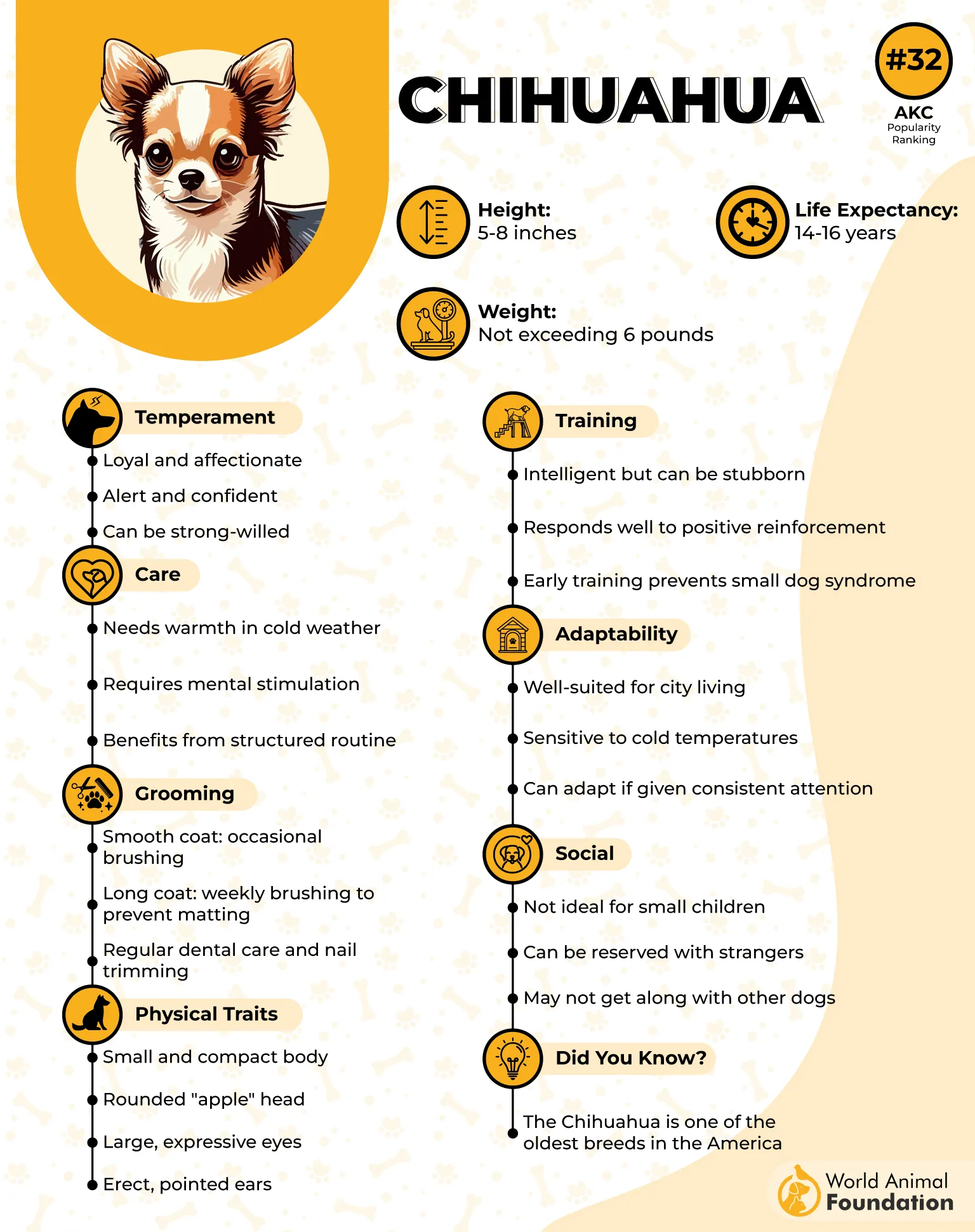
Quick Reflexes and Sudden Bursts
Chihuahuas are alert, fast, and unpredictable in movement, often darting across rooms or reacting sharply to small noises. These sudden shifts in behavior mirror the spontaneous and dramatic bursts of energy typical of feline behavior.
Fiercely Independent and Territorial
Despite their size, Chihuahuas are deeply territorial and will guard their spot on the couch like it’s sacred. They also enjoy high-up spots like cushions or furniture edges, where they can quietly observe without engaging, similar to how cats claim their resting zones.
9. Bedlington Terrier
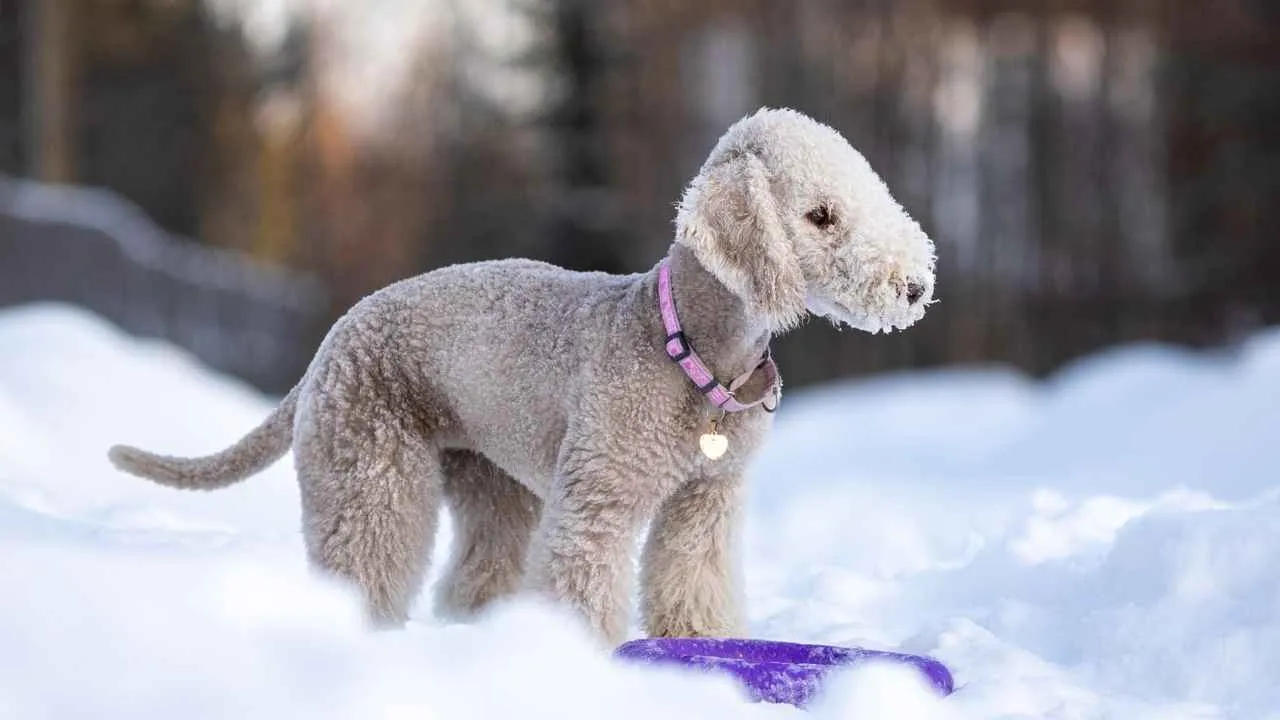
The Bedlington Terrier carries itself with an elegance that stands out in the terrier group. Their light-footed stride, arched back, and long legs give them an almost feline grace. They often move through the house quietly and settle in high or tucked-away spots.
Independent With a Curious Streak
Though loyal to their people, Bedlingtons often choose when and how they want attention. They may wander off to nap alone or explore rooms in silence, following their own rhythm. This blend of independence and selective affection aligns them closely with feline behavior.
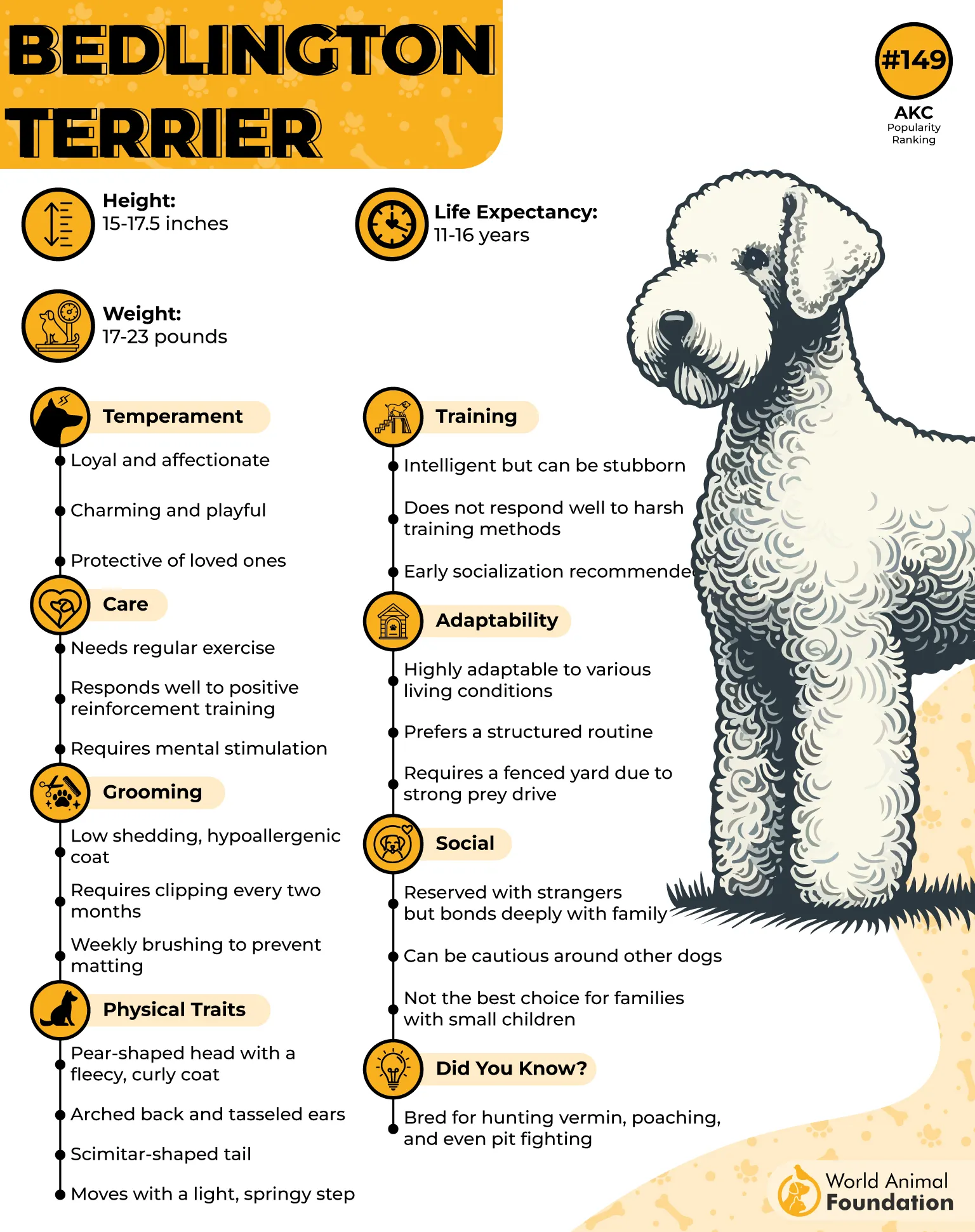
Minimal Barking, Sharp Awareness
They are observant without being overly vocal, often watching rather than reacting immediately. Bedlingtons will assess a situation before deciding whether to engage, which feels more calculated than reactive. This calm watchfulness contributes to their catlike nature.
Personal Space and Subtle Socializing
These dogs do not constantly seek physical touch or attention and tend to avoid loud environments. They prefer small interactions, short bursts of play, and quiet companionship. Their calm approach to bonding can feel more aligned with catlike social habits.
Conclusion
Not every dog wants to fetch or cuddle nonstop. Some prefer windowsills, quiet corners, and choose when they want affection. These catlike dogs aren’t trying to be different—they just are. Their independence, calm energy, and selective affection bring something special into homes that value peace and space.
Many of these breeds are low maintenance, great with other pets, and known for their sweet disposition. The American Kennel Club recognizes several as excellent companions, especially for thoughtful owners or a cat-loving sitter.
Whether you’re easing into leash training or looking for dogs that vibe with their feline counterparts, this list proves not every pup wants to be the center of attention. Some prefer to simply be.


